What Assad government’s dramatic fall means for Syria, region and resistance axis
By Seyyed Ali Reza
Syrian President Bashar al-Assad’s government in Damascus has fallen to a cluster of militant groups that rampaged through the war-ravaged Arab country, starting from Aleppo last week.
The collapse of the Arab country began soon after a ceasefire was announced in Lebanon early last week, following nearly 70 days of unbridled aggression by the Israeli regime, which claimed thousands of civilian lives but failed to achieve any significant military objectives.
The marauding militant groups, led by Hayaat Tahrir al-Sham (formerly Jabhat al-Nusra), launched a lightning-fast offensive on Aleppo, followed by rapid advances into Idlib, Hama, and Homs, ultimately overrunning Damascus early on Sunday.
Despite initial resistance by the Syrian Arab Army, the government forces gradually retreated from key areas, enabling the militant groups—backed by Western and Arab states as well as the Israeli regime—to achieve stunning military advances toward Damascus.
The whereabouts of the deposed Syrian president remain unknown, with speculation rife that he is either holed up at a Russian military base inside Syria or has fled to the UAE or Russia.
Syria has always been, and remains, a vital cog in the Axis of Resistance—a status that will not change regardless of who takes control in Damascus. The country’s strategic importance remains undiminished.
Militants in Syria announce fall of Assad on state TV pic.twitter.com/NoTmcd8olK
— PressTV Extra (@PresstvExtra) December 8, 2024
Furthermore, despite the dramatic developments in Syria, the dynamics within the broader Axis of Resistance remain unaffected. Palestine continues to be the central issue for the alliance.
Syria has historically served as a conduit for supplying arms and other resources to Lebanese and Palestinian resistance movements. However, these movements have now achieved self-reliance, producing their own weapons, including missiles and drones.
Iran’s support for the Axis of Resistance will continue regardless of Syria’s leadership, with Palestine remaining the foremost priority for the Islamic Resistance and its regional allies.
Foreign Minister Abbas Araghchi’s recent diplomatic engagements across the region were aimed at ensuring that the primary issue of Palestine remains at the forefront amidst these developments.
“The principled stance of the Islamic Republic of Iran in supporting the people and resistance of Palestine and Lebanon against the occupation and aggression of the Zionist regime will continue with strength,” Araghchi stated during a meeting with senior Hamas leadership in Doha on Saturday.
He was in Doha to attend a regional conference on Syria with counterparts from Russia and Turkey.
Footage shows the Syrian Prime Minister Mohammad Ghazi al-Jalali leaving his home to hand over power. pic.twitter.com/D3s0HLGy3w
— PressTV Extra (@PresstvExtra) December 8, 2024
The rapid fall of the Syrian government has left many questioning how it happened. The collapse has been described as even more dramatic than the Taliban's takeover of Kabul nearly three years ago.
However, it did not happen overnight. The militant groups, led by HTS, had been doing groundwork for this moment for years in areas considered their strongholds, with external support.
The chaos in the region—exacerbated by Israel’s ongoing genocidal war on Gaza and aggression in Lebanon—provided them an opportunity to strike decisively. This is the moment they had waited for.
None of these militant groups stood up for Gaza or Lebanon, as many have rightly argued, primarily because they didn’t wish to antagonize the Tel Aviv regime. They remained focused on Syria.
Starting last week, Assad’s forces retreated with little resistance. There are several reasons for the Syrian Arab Army’s failure to withstand the militants’ advances, and one of them is the grave economic situation in the country that impacted every section of Syrian society.
Syria’s economic situation has deteriorated alarmingly over the years, particularly since the United States imposed crippling sanctions under the “Caesar Act” in December 2019. These sanctions compounded the challenges for the Assad government as it could not initiate economic reforms.
The United States also provided backing to many of the militant groups opposed to Assad’s regime, which has been widely documented in leaked cables and statements of top US officials.
"Do you think Israel will accept another strong Syria next to them? No!"
— Press TV 🔻 (@PressTV) December 8, 2024
Ali Hamie says that even if militant groups are currently united in Syria, Israel will break them apart, adding that Syria will no longer be strong. pic.twitter.com/elSILHk3or
Assad’s ouster, however, does not signify a return to stability for Syria, nor does it guarantee the lifting or easing of sanctions. The new rulers are not a cohesive entity but rather a coalition of militant groups with varying ideologies, affiliations, and political objectives.
Several regional countries, including Qatar, Turkey, Jordan, and Saudi Arabia, have directly or indirectly supported these militant groups that toppled Assad’s government for their own regional ambitions.
The new ruling coalition in Damascus is likely to face significant challenges, particularly in gaining international legitimacy—similar to the de facto Taliban government in Kabul.
There is also a strong possibility that these militant groups will eventually turn on each other, as their objectives are fundamentally misaligned. Each faction is likely to seek a larger share of power.
The Israeli regime, which thrives on regional insecurity and chaos, is expected to continue exacerbating the situation. Recent reports suggest that Israel has attempted to expand its invasion of Syrian territories beyond the already occupied Golan Heights, taking advantage of the ongoing turmoil.
While it is evident that these militant groups benefited from support provided by the Zionist regime, this support will not continue now that they have toppled Syria’s democratically elected government.
The coming days and weeks are critical that would determine which direction the region takes. However, one thing is for sure, the resistance axis remains intact and in a stronger position.
Seyyed Ali Riza is a Sydney-based writer who specializes in West Asia affairs
(The views expressed in this article do not necessarily reflect those of Press TV)
'Gaza has won': Social media users react to ceasefire with mix of relief, joy
Iran seeks South Korea’s assistance for AI, fiber-optic projects
VIDEO | Iran's 'Eqtedar' (Power) maneuver
Israel hits HTS military target in Syria for 1st time since fall of Assad
VIDEO | Press TV's news headlines
Israel has slaughtered 13,000 students in Gaza, West Bank
VIDEO | More Zionist than Zionists: Biden’s legacy to be defined by Gaza genocide
Hamas confirms handing approval of Gaza ceasefire deal to mediators



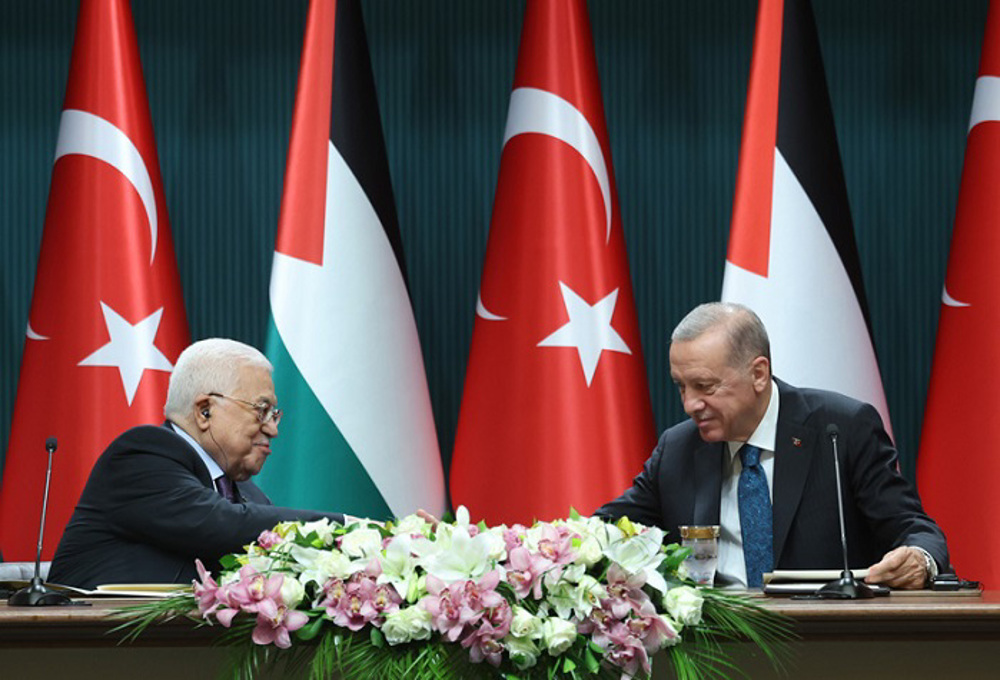

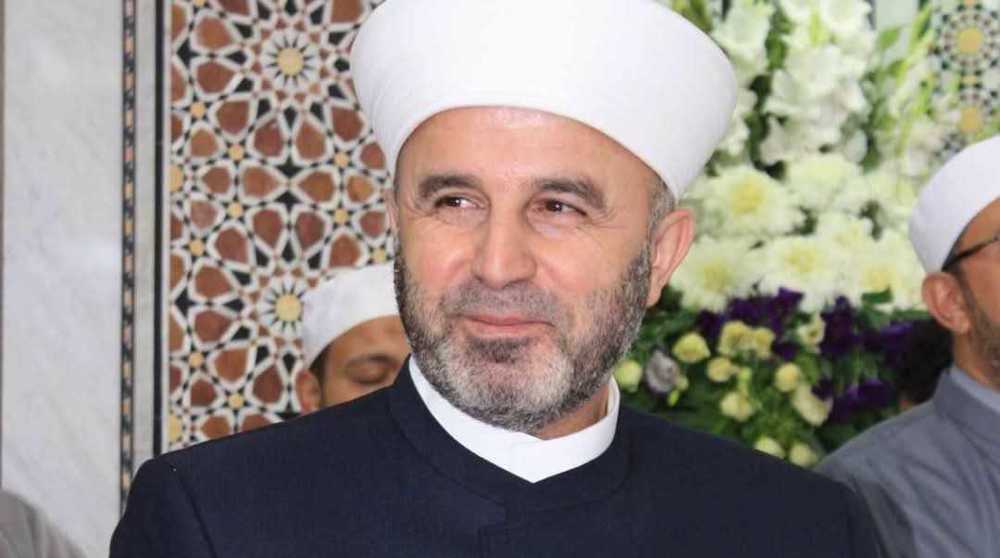



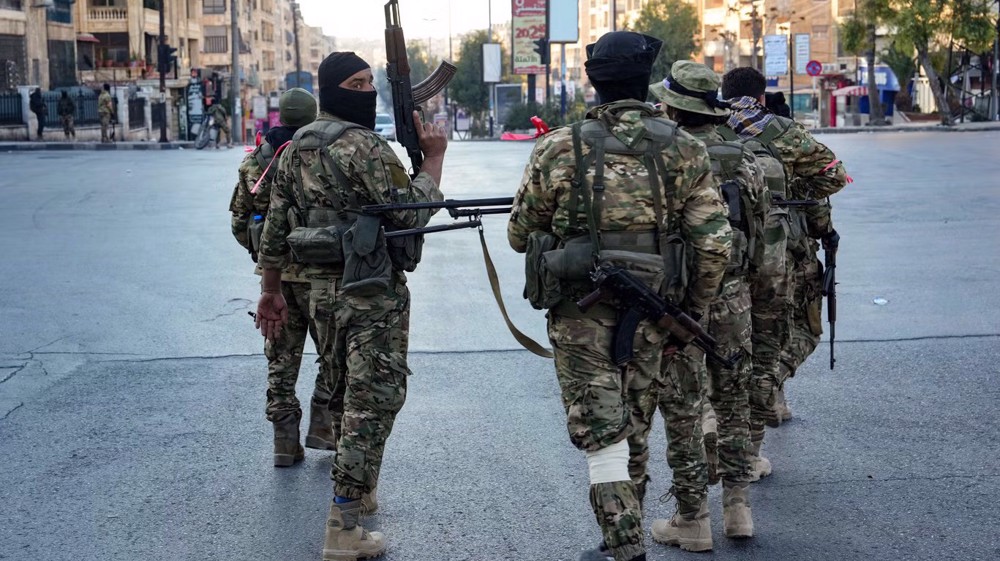
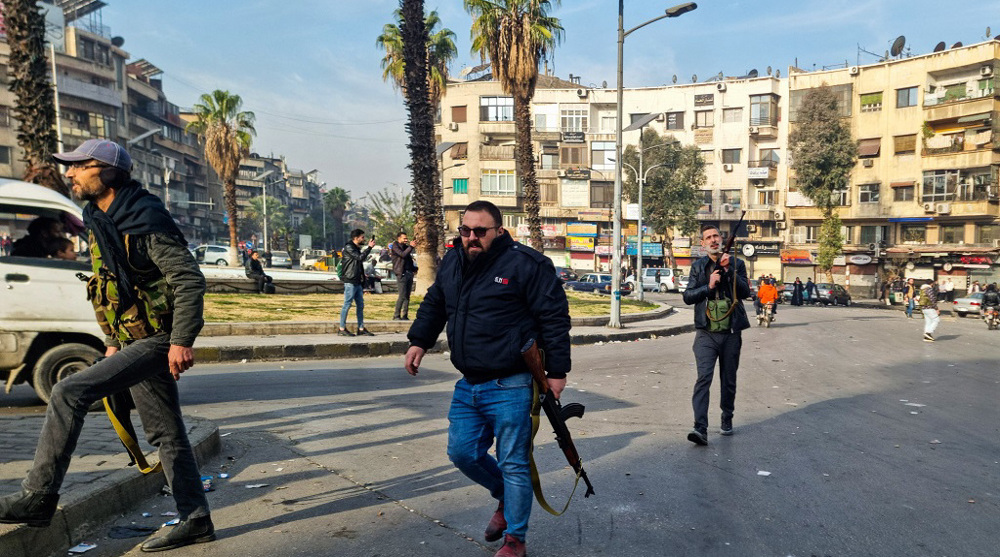
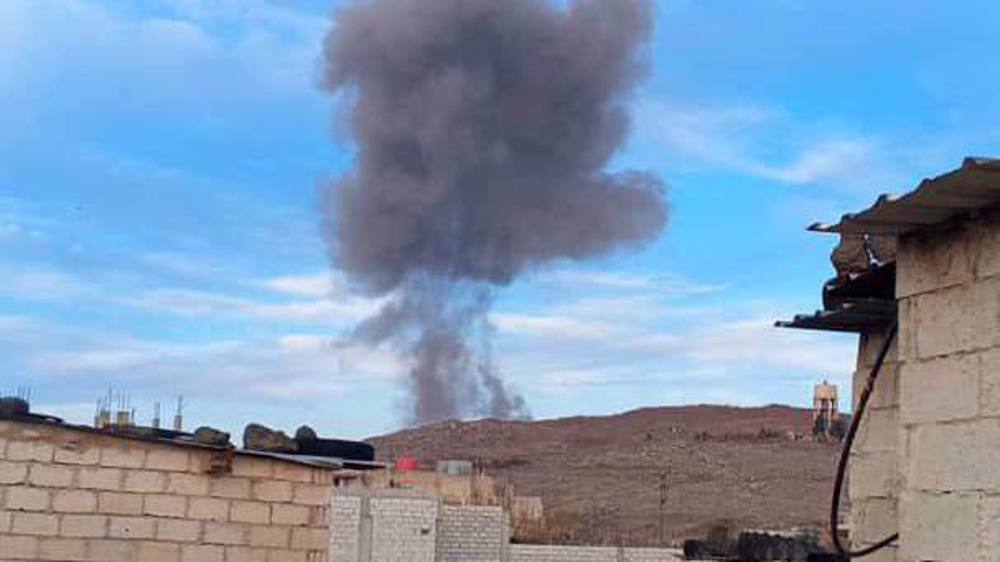
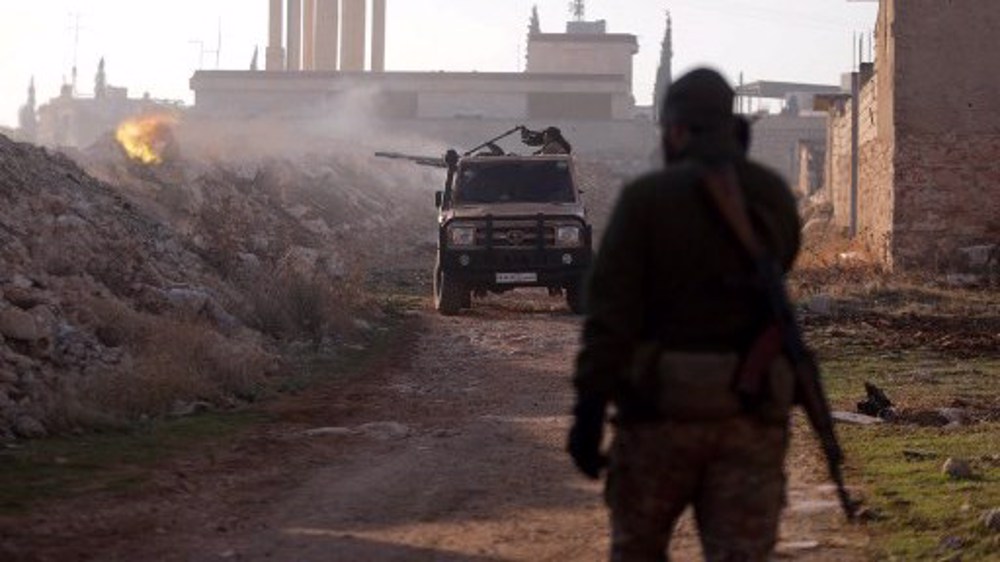
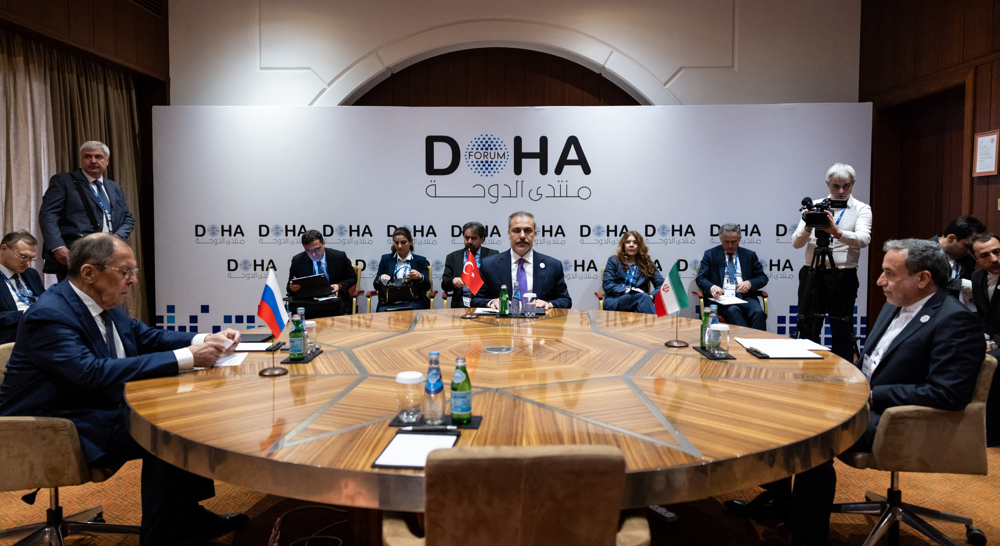

 This makes it easy to access the Press TV website
This makes it easy to access the Press TV website